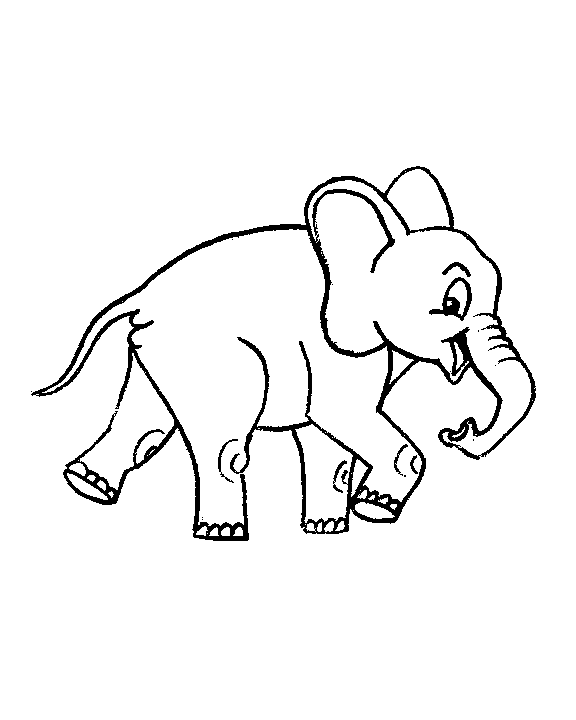MATH 6760
Continuum Mechanics: Solids
Fall 2008 3
credit hours
T,TH 10:45 – 12:05 in LCB 219
Instructor: Professor Andrej
Cherkaev
email: cherk@math.utah.edu,
phone 581-6822,
homepage:
http://www.math.utah.edu/~cherk
What is
continuum mechanics? Continuum
mechanics studies forcible changes of
shapes and forms, providing a
uniform approach to elasticity, plasticity, viscosity, liquids,
etc. The course focuses on linear
and nonlinear elasticity, and the topics: mechanics of
composite materials,
biomaterials, and phase transition.
We discuss related mathematical
theories: tensor algebra and calculus, elements of
multivariable calculus of
variations, and homogenization, Several research papers and
books' chapters will be suggested
for review in class.
The course is
addressed to graduate
students in Applied Math, Science, and Engineering.
Text: J.N.Reddy. An Introduction to
Continuum Mechanics (Cambridge University
Press) Chapters 1-7.
Syllabus
Preliminaries:
· Vectors and tensors:
algebra and calculus
· Calculus of variation
and Lagrangian mechanics
Continuum Mechanics:
· Kinematics of continua
· Stress measures
· Conservation laws
· Constitutive relations.
· Linear elasticity
· Entropy, Thermodynamics,
Gibbs' principle
If time permits, we will review the
following topics
· Homogenization
· Biomaterials, "Smart"
materials and Phase transition
· Optimization of
structures
motivation:
Why study
continuous mechanics?
For
those who value the beauty of mathematical theories, it is
enough
to cite Lagrange:
"The admirers of the
Analysis will be pleased to learn that Mechanics became one of its new
branches"
(Lagrange, Mécanique analytique)
Continuum mechanics provides a
uniform mathematical framework for study of deformed bodies, from
elasticity to plasticity, failing constrructions, phase transition,
optimal and bio-materials, etc.
For
more practically inclined people, we recall the Indian parable
about
a Big picture:
 |
Five foreign travelers found an elephant in a dark
barn. Each felt the elephant and described it to the others:
"The elephant is like a rope," said the first
traveler, feeling the tail.
"The elephant is like a wall," said the second
traveler, feeling the side.
"The elephant is like a blanket," said the third
traveler, feeling its ear.
"The elephant is like a tree," said the fourth
traveler, feeling its trunk.
"The elephant is like a spear," said the fifth
traveler, feeling its tusk.
In came the Elephant Keeper and opened the door of the barn,
and everyone discerned the whole elephantness. |
Homework